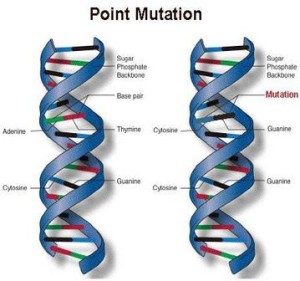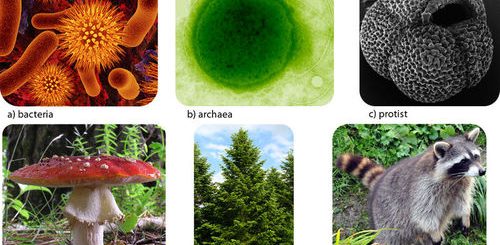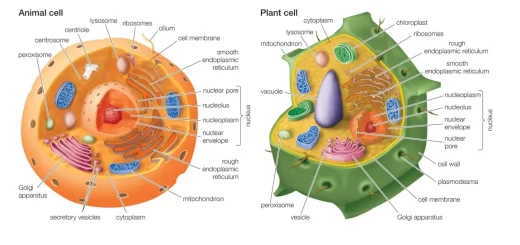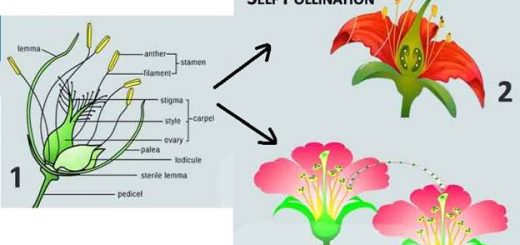The origin and kinds of mutation
How does the mutation occur?
Mutation is a change in the nature of the hereditary factors that control the traits of a living organism which results in a change in the living organism’s traits, changing the chemical composition of one or more genes leads to a change in the hereditary trait resulting from this gene.
So, a new trait that never appeared in the parents appears, this change could be transmitted from generation to another, The mutation causes the appearance of undesirable traits like the birth deformation in the human and the animal, And the sterilization in the plants, The mutation causes the appearance of desirable change ( rare ).
Kinds of mutations
Mutations are varied according to many factors which are the site of occurrence (genetic mutation and chromosomal mutations), the inheritance (Somatic mutation and Gamete mutations ) and the origin (Spontaneous mutations and Induced mutations).
Genetic mutation
It is changing the chemical composition of one gene or more, The genetic mutation occurs when a change occurs in the nitrogenous bases of the gene, for example: If adenine ( A ) base is replaced with cytosine ( C ) base and thymine ( T ) is replaced with guanine ( G ).
The genetic mutation causes the protein that shows the hereditary trait is not formed, so, the trait disappears or a protein of another type is formed, which leads to the appearance of a new trait.
For example, The grey mice have melanin pigment, but the white mice do not have this pigment due to a change in the gene composition responsible for this trait ( mutation happened).
The origin of the mutation
The spontaneous mutation
The spontaneous mutation is a mutation that occurs due to the influence of the surrounding environment , It occurs without the interference of the human being, Its percentage is very low.
The spontaneous mutation occurs due to the influence of the surrounding environment like exposure to the chemical substances, high or very low temperature, And the radiation such as X- rays, atomic rays.
The importance of spontaneous mutation
It causes the natural variations between the genera and the species of the animals and variations plants, where the new traits which are produced from the mutation occurrence are inherited across the successive generations, This produces new individuals with different traits.
The induced mutation
The induced mutation is a mutation which is controlled by the human being to obtain desirable traits, It is important to obtain desirable traits in specific living organisms especially in the plants such as ( the formation of fruits, large in size, better in taste and free of seeds).
Bio-technology collaborates with the traditional ways to combat the malnutrition
Around 500000 people every year are affected by losing their sight, and this is due to the deficiency in vitamin ( A ), It is one of the important elements of nutrition whose deficiency leads to the malnutrition.
Deficiency in vitamin (A) is widespread in those who depend on eating rice because rice does not contain pro-vitamin (A) or what is known as carotene (The substance that is changed into vitamin (A) in the body).
Solving this problem is done by producing rice that contains pro-vitamin (A), This is done by inserting the genes that result in the creation of the pro- vitamin (A) compound inside the tissues that store the starch in the plant seeds.
So, Inserting carotene gene produces rice containing carotene, Inside the human body, It is converted into vitamin A.
Kinds of mutation according to its inheritance, its importance, position & origin of mutation












